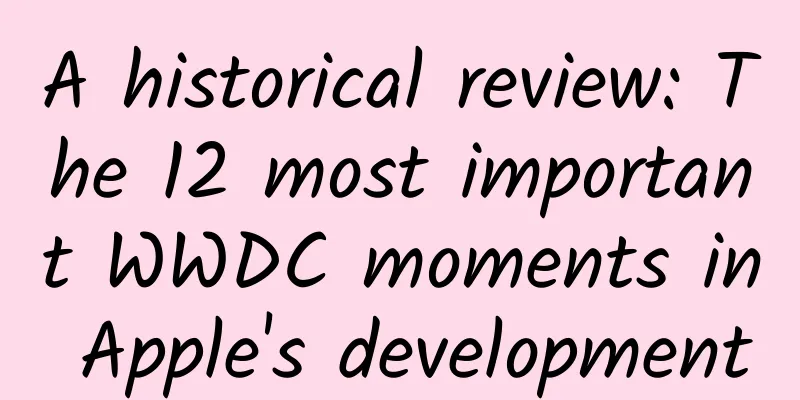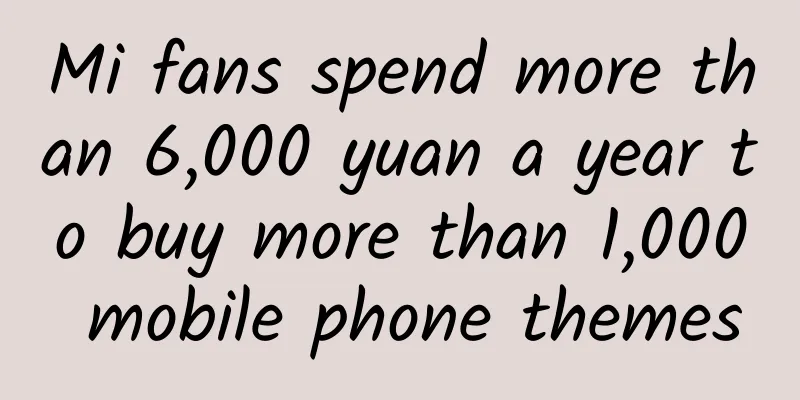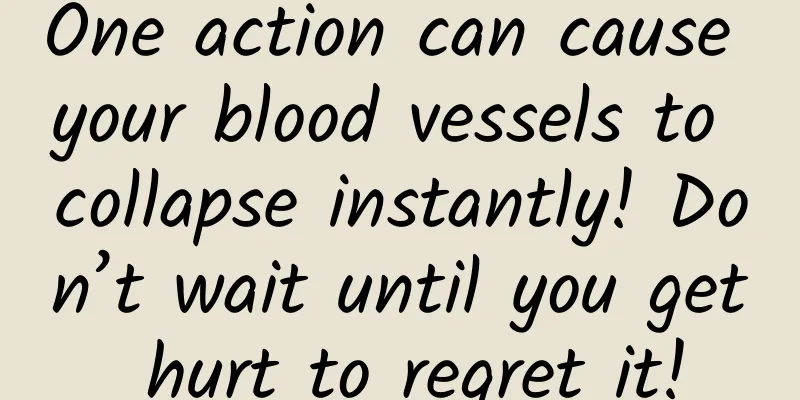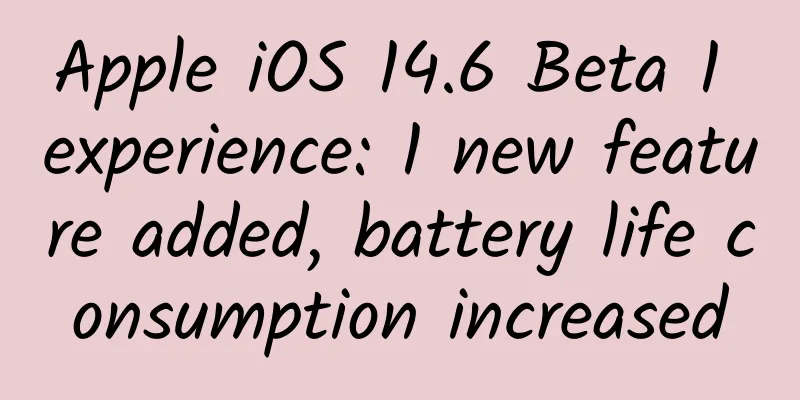A historical review: The 12 most important WWDC moments in Apple's development

|
Why this matters Apple's annual Worldwide Developers Conference (WWDC) is the core stage for the technology giant to showcase some of its most far-reaching visions and future strategies. It has become the most popular stage event in the technology industry. In view of this, Apple's partners, opponents and supporters have been paying close attention to all information related to it. As WWDC is about to be held this year, we reviewed its development history of more than 20 years since its birth in 1990, and selected 12 of the most important key moments. Of course, if you have other more suitable options in mind, you may wish to share your views in the comment column. 1996: Copland Operating System In 1996, there was only one theme for the WWDC: Copland. This was an operating system that did not support multitasking, and Apple said it would represent the direction of Mac OS. The elements of the operating system were demonstrated by a young developer, Gregory Miller, who emphasized to the developers watching the conference with a forward-looking perspective, "I am your competitor." Although it was too early, his point of view has been verified by facts. Today, no matter how old you are, you can participate in the market competition of software products through the App Store. Gil Amelio, Apple's CEO at the time, promised that the beta version of the Copland operating system would be available to users in the summer of that year, but the reality was the opposite - Apple subsequently acquired NeXT Computer Company founded by Jobs, and the path forward for Mac OS took a historic turn. Interested friends can click here to view the relevant keynote speech at the 1996 WWDC conference.
1997: Jobs returns The landmark event of 1997 was the return of Apple co-founder Steve Jobs, who was the first to appear on the WWDC stage after founding NeXT. As a direct reflection of this historic turning point, Apple launched a new slogan: "Think Different". The cheers and long applause showed how important Jobs was to the attendees and developers. Needless to say, Jobs took the opportunity to discuss his ideas for Apple's next development and the future direction of the technology industry, but he was not the company's CEO at the time - that was in 2000. Interested friends can click here to view Jobs' keynote speech at the 1997 WWDC conference.
1999: PowerBook G3 The curtain of this WWDC conference was slowly opened with the voice of HAL9000 (from the movie "2001: A Space Odyssey"), because Siri was far from being developed at that time. Although Apple also mentioned the Darwin core of OS X, the real core of this conference was the PowerBook G3 (codenamed Lombard). This is a sleek, all-black legendary product, and it quickly became the most popular notebook device on the market at that time. Compared with the previous generation, the PowerBook G3 is 20% thinner and weighs 5.9 pounds, twice as much as the current MacBook Air. "The new PowerBook is the fastest, lightest and longest-lasting notebook ever made," said Jobs, then Apple's interim CEO. Just a few months later, iBook and AirPort solutions began to be released, and the iPod, which marked the rise of Apple, also debuted in 2001 - which meant that Apple had begun its journey as a mobile product supplier. Interested friends can click here to view the relevant keynote speech of the WWDC conference.
2000: Mac OS X On May 15, 2000, Apple brought developers the final APIs necessary for developing applications for Mac OS X - and this was also a warm-up for its latest operating system to be launched at the end of the year. This system version transition was undoubtedly quite successful - it not only allowed Apple to successfully attract a large number of development supporters, but also developers themselves enjoyed the increasingly powerful software platform of OS X. The Mac version of the world-renowned 3D application Maya announced at the WWDC conference was an example. Its developer Alias|Wavefront officially started selling it on the Mac platform the following year. Interested friends can click here to view the grand occasion of WWDC that year. 2002: Mac OS 9 leaves the stage In 2002, Apple began to upgrade its desktop operating system, abandoning support for Mac OS 9 and focusing on the subsequent development of OS X. Although the version change has certainly become the focus of media attention, Apple also released its zero-configuration network solution "Rendezvous" (now renamed Bonjour) at this WWDC conference. As a solution for both OS X and iOS platforms, this software can help Apple products connect directly with each other, from AirPlay music playback to remote printer sharing to Continuity, etc. Rendezvous has become the foundation of Apple's modernization. You can click here to review this important moment when Mac OS 9 unloaded its historical mission.
2003: Power Mac G5 Apple and IBM jointly launched the G5 processor, and Apple announced the Power Mac G5, OS X Panther, and Safari 1.0 at the WWDC, and confirmed that more than 7 million OS X users had downloaded 5 million songs from the iTunes Music Store. "The 64-bit revolution has begun, and personal computers will never be the same again," Jobs said. Click here to view the content of the WWDC.
2006: Boot Camp As part of a public beta of the new solution announced earlier that year, Apple confirmed that Boot Camp would be coming to OS X 10.5. This move was so important because it meant that Windows users could buy an Intel-based Mac and run all sorts of Windows-only applications on it - as long as they bought a Windows license. The emergence of Boot Camp means that Mac officially opened the door to accept Windows users, and Parallels was directly promoted by this support. In other words, we can now regard Mac as the best Windows PC device - because it can even run Windows well. Interested friends can click here to view the relevant keynote speech of that year.
2005: Transition to Intel Architecture When Jobs took the stage at WWDC again in 2005, the industry's calls for Apple to adopt Intel processors had reached a near-frenzy - but many people were still skeptical. "Now, let's talk about transformation," Jobs easily entered the topic and thus began the WWDC conference this year. "...Yes, the rumors are right, we will switch from PowerPC to Intel processors." Jobs pointed out that PowerPC was no longer enough to realize the 3GHz Power Mac or build the G5 MacBook Pro. The real climax of this transformation was Paul Otellini, then CEO of Intel, who slowly appeared in the smoke, wearing protective clothing to join Jobs' speech and said that Intel was ready to supply chips for Mac devices. Want to review the wonderful scenes of the 2005 WWDC conference again? Please click here to view it.
2007: iPhone – the center of the world The 2007 WWDC conference kicked off with the popular "Get a Mac" ad, in which a character portraying Jobs said he would quit and shut down Apple if Microsoft sold the "hundreds" of copies of Vista it had promised. But the explosive news of the day was of course the finalization of the iPhone sales date. Apple also announced that the iPhone platform will support browser-only applications - but it changed its mind for the second time. All in all, this is a WWDC conference worth revisiting. If you are interested, please click here to watch it.
2008: Applications – the core of everything This was the first time that Apple focused its WWDC conference closely on mobile business: the launch of iPhone 3G, iOS 2, the release of native SDK for iOS applications, and the introduction of App Store. All of this made the ticket to this WWDC conference very hard to get. It was a developer carnival. Many companies, such as Sina and eBay, showed their native iPhone applications, and the mobile application industry entered a golden age. In addition, this was the first time in history that developers from all camps became part of the Apple camp. Of course, .Me was renamed MobileMe from then on - but this doesn't seem to be a big deal, so let's skip it... For those who are interested, please click here to view the full content of the 2008 WWDC conference.
2011: Jobs' first public speech From the "I feel fine" message delivered by James Pown to his decision to appear on stage in person, Jobs was already in serious health problems. But on June 6, 2011, he still appeared on the stage of the WWDC conference for the first time. The crowd cheered wildly and stood up to pay tribute, and the obviously haggard and weak technology giant launched iCloud, OS X Lion and iOS 5 here. After that, he only appeared in public once before leaving forever - at the Cupertino City Council to discuss the security clearance of Apple's headquarters Campus 2. Jobs resigned as Apple's CEO on August 24 of the same year, and passed away a few weeks later on October 5. If you are interested, please click here to view the WWDC conference of that year and remember this elder who was determined to change the lives of each of us and actually achieved this great goal. 2013: iCloud Keychain OS X 10.9 Mavericks, iTunes Radio and iWork for iCloud became the software stars of this WWDC conference, and Apple invested more resources in the future development of cloud services. Don't underestimate this move. By the way, Apple has already launched iCloud and its iTunes Match service in 2013, and invested millions of dollars to build server farms to support the future development of these cloud services. More importantly, the iCloud keychain mechanism officially launched in 2013 supports users to use credit cards, which also became the basis for the birth of Apple Pay in the future. Interested friends can click here to view the relevant keynote speech. |
<<: Developers' Notes: Three OS and Embracing Open Source Swift
>>: HTML5 best practices to make Web App faster
Recommend
US mobile game market survey: middle-aged men are most willing to spend money
On October 17, Everyplay, a mobile game company u...
The latest news on pension adjustments for retirees in 2022: How much will it increase? Attached is the latest official adjustment notice
In recent years, the pensions of retired people i...
Social media marketing, just start from these 3 points!
Social media marketing has become the standard fo...
Please save these tips for achieving mobile app user growth!
When traffic and users in various industries are ...
Open up a new perspective and see China in spring!
Source: Xinhua News Agency Produced by: Li Jun, W...
Be careful if you have such "blackheads" around your nose, as they may be skin cancer!
Audit expert: Zhang Yuhong Chief Physician of Der...
Cars.com: Tesla Model Y tops 2022 American Made Index
The American automotive website Cars.com recently...
A new round of internal testing of WeChat’s exclusive input method: preventing eavesdropping and protecting privacy
[[434938]] As early as the beginning of this year...
How to promote the education industry? Education information flow advertising promotion case!
How can the education industry accurately acquire...
Community operation: 5 tips to increase community activity!
First of all, we need to figure out what is the p...
Internet celebrities have become the main battlefield for marketing
In terms of the influence of internet celebrities...
Introducing 5 data-driven and practical customer acquisition methods
Admittedly, in many cases, the acquisition of new...
Which fruits and vegetables have been sent to space? Tips on choosing fruits and vegetables sent to space
On June 5, the Long March 2F Yao-14 carrier rocke...
HTTP2 summary and simple practice summary
HTTP Development History Before summarizing http2...
How to create a hit short video in the beauty category on Kuaishou?
The theme of this issue: How to create a popular ...









